Whether big or small, museums around the country have been facing challenges for years as they wrestle with funding, authenticity, provenance, and advances in technology. It was not, therefore, a blockbuster headline in 2021, but in the still quiet world of museums, news of the wholesale dismissal of eighty-two volunteers at the Art Institute of Chicago traveled quickly. This brought to the fore one of the many issues that museums and their visitors and their dedicated docents had been discussing in depth for years.
The New York Times weighed in with: “Art Institute of Chicago Ends a Docent Program, and Sets Off a Backlash.” For its part, the Chicago Tribune opinion page provided a forum for detractors and supporters of the museum’s action. Robert M. Levy, Chair of the Board of Trustees at AIC, at the time, countered the paper’s editorial board’s disapproval of the ouster, in part, by stating, “In order to succeed, the Art Institute and our peer group must let go of the museum tenet of ‘this is how we have always done it.’…”
And they were not alone. While refuting charges of ageism in dismissing its docent corps, the Portland Art Museum in Oregon (PAM), in its separation letter to docents stated, “Our next step is to launch a new K-12 program with visits led by paid learning guides recruited from local colleges and universities. Many undergraduate and graduate students are eager to gain experience in museums and education. We see the potential for great benefits to both K-12 and college students in bringing them together. This program will be supported by federal work study funding for specifically this purpose.” Although this K-12 initiative with its federal funding is not comparable to other museums’ existing docent programs, it did underline the focus on the changing perspectives on presenting art to visitors.
In the ensuing years, docent programs would be dismantled in art museums in Oakland, Denver, and other cities across the country, some more discreetly than others. At one large metropolitan art museum, scores of docents had their badges rescinded while a new re-education program emerged, one that required its corps to adapt to a new set of standards.
Why would esteemed institutions providing a treasure trove of art and artifacts, along with a legacy of nurturing appreciation, and education, suddenly disband their dedicated, and in most cases, cost-free volunteers? Part of the answer lies in Mr. Levy’s defense of the firings as a case of not succumbing to age-old practices.
Another part of the problem is the perception that docent corps may be homogeneous. Historically and traditionally, older retirees generally fill out the volunteer ranks at cultural centers. Those with disposable time, and limited responsibilities align themselves with a more elite class of volunteers. While it’s an asset to have willing and able guides with years of institutional knowledge, it can also be a liability if they’re unwilling to embrace the future of the mission.
On the other hand, it was also difficult for museums because even if museums and other cultural institutions wanted to reconstitute their workforce, onboarding enlightened new enlistees could prove difficult. In a recent report, commissioned by the American Alliance of Museums, over 30% of 340 museum directors polled across the country sited difficulties in filling volunteer ranks.
In many ways, the pandemic ignited a reset button. Closed or open, with limited hours and touring, institutions were disconnected from both their docents and communities at large, as the latter grew comfortable consuming culture on their couches. In the interim, museum directors had the time to reimagine their mission. How would they sustain themselves? How would they engage a broader community especially with rapidly advancing technology? Would the mission of the museum change?
Joanne Eudy, vice president of the National Docent Symposium Council, a support organization for docents and guides, is currently a docent at the Wadsworth Atheneum Museum of Art in Hartford, Connecticut. It’s one of the oldest public art museums in the country and Ms. Eudy has conducted tours for over 19 years. She embraces the need for change. “Most of those who participate in our programs and conversations have expressed the need to reimagine both training and our tour delivery. That includes asking more open-ended questions, having more diverse art on view, aligning with museum staff to design and deliver training materials, and locating ways to broaden age level, gender, ethnicity and racial background of docent candidates.”
Just about an hour’s drive from Hartford sits the Museum of Fine Arts, Boston, which houses one of the most expansive collections of art in the Americas. It also lays claim to coining the word “docent,” which at first referred to exemplary teachers at the college level. Co-opted by one of the museum’s early stewards, Benjamin Ives Gillman, docent has been used for those who provide excellent guidance and interpretation in the institutions’ galleries.
Today, however, even the word “docent” is on the endangered list. Oregon’s Portland Art Museum, which disbanded its docent program in August of 2023, has retired the term. In a letter to volunteers, heretofore known as docents, it stated, “PAM will not use the word docent to describe any volunteer roles moving forward. While we understand that the word docent has warm, positive associations for some, we have also received feedback that the term is confusing and unclear.”
New England Museum Association president, Kayla Coleman, offers her take on the new paradigm. “People have to do what makes sense for them. I think that for people who have stuck around and were willing to be retrained and dig into difficult narratives, I think that’s even better. There’s a level of ownership in something that you can be proud of. It may not have been the most welcoming place for everyone, but I’m doing my part now.”
In some locales, policy has dictated practice. Decades ago, the New York State Education Department began to require that in order to take students out of the classroom, there had to be a learning component. Erika Sanger is the executive director of the Museum Association of New York. “It was no longer good enough to just have the students go to the zoo or museum. The teacher had to tie it to educational standards. Docents were asked to level up, they were asked to pass tests. They were asked to deliver content in new ways that a lot of the volunteers, as volunteers, didn’t necessarily want to do.”
New formats may rankle some legacy docents, but change is coming. Ms Eudy offers her take on the new paradigms. “A few have expressed frustration with a shift from more information-based tours to more open-ended, question-based touring. In a few instances, I’ve heard docents say they feel their job is to present objects to the visiting public based on all the training and experience they have. My take on this is that being the sage on the stage is not the future of docent programs. Touring will be more conversational, broader and visitor led.”
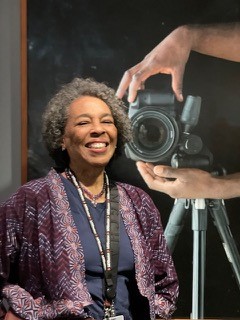
Marva Nathan, the northeast regional director of the National Docent Symposium Council, has been conducting tours for close to ten years at the Museum of Fine Arts in Boston. She recently outlined some of the new procedures in place. “Docents must complete a structured assessment i.e. a presentation of an art object before a small audience of volunteers and staff, and be approved by staff. This is new. Several former docents chose not to participate in the process because they had been giving tours for decades and therefore relinquished their ability to continue in the program”
Overseeing the progression of a museum, historical house, or mansion in the 21st century, is much different than presiding over that same institution in days gone by. New information, brought about by additional research, digital archives, and changing demographics, has presented administrators with new challenges. And unless staffers, docents, and volunteers in general attempt to keep pace, the general public will fail to see the relevance of a visit. So, the balance of keeping on volunteers and serving the changing profile of visitors is crucial not only to the visitor experience but also to the relevance of museums today.
By Thomas Farkas, former arts editor for NY1, docent, and gallery ambassador.
————————————————————-
Lead, follow, or prepare the way:
American Alliance of Museums Annual Meeting and Expo/ Thriving Museums, Healthy Communities, May 16th-19th, Baltimore, MD
Museum Association of New York Annual Conference/Giving Voice to Value
April 6th-9th, 2024, Albany, New York
New England Museum Association/We The Museum: Toward A ‘More Perfect’ Vision
For Our Changing World, November 6th-8th, 2024, Newport, Rhode Island
National Docent Symposium Council/Peer to Peer: Perfecting Your Craft
November 14th-17th, Atlanta, Georgia

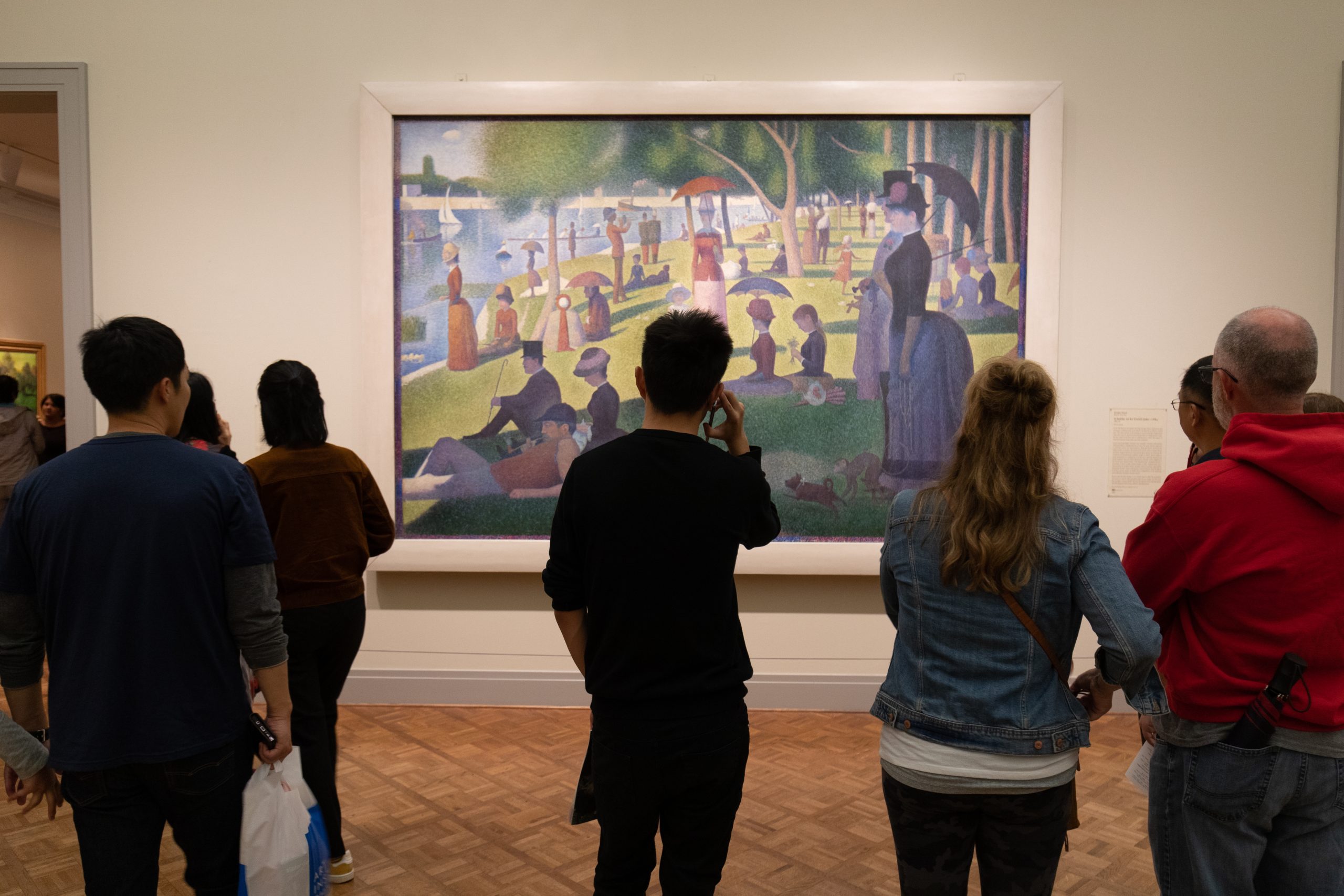
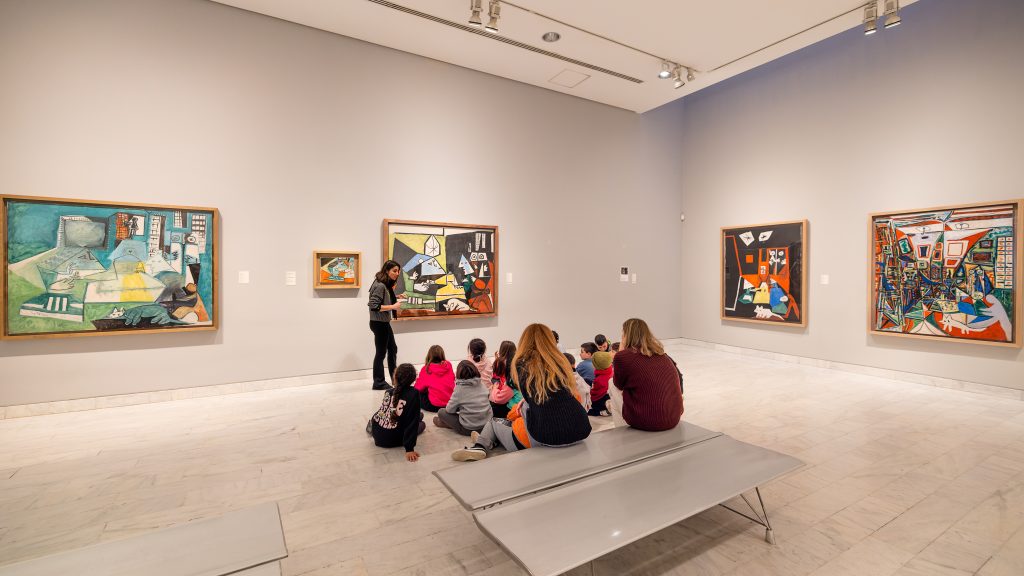
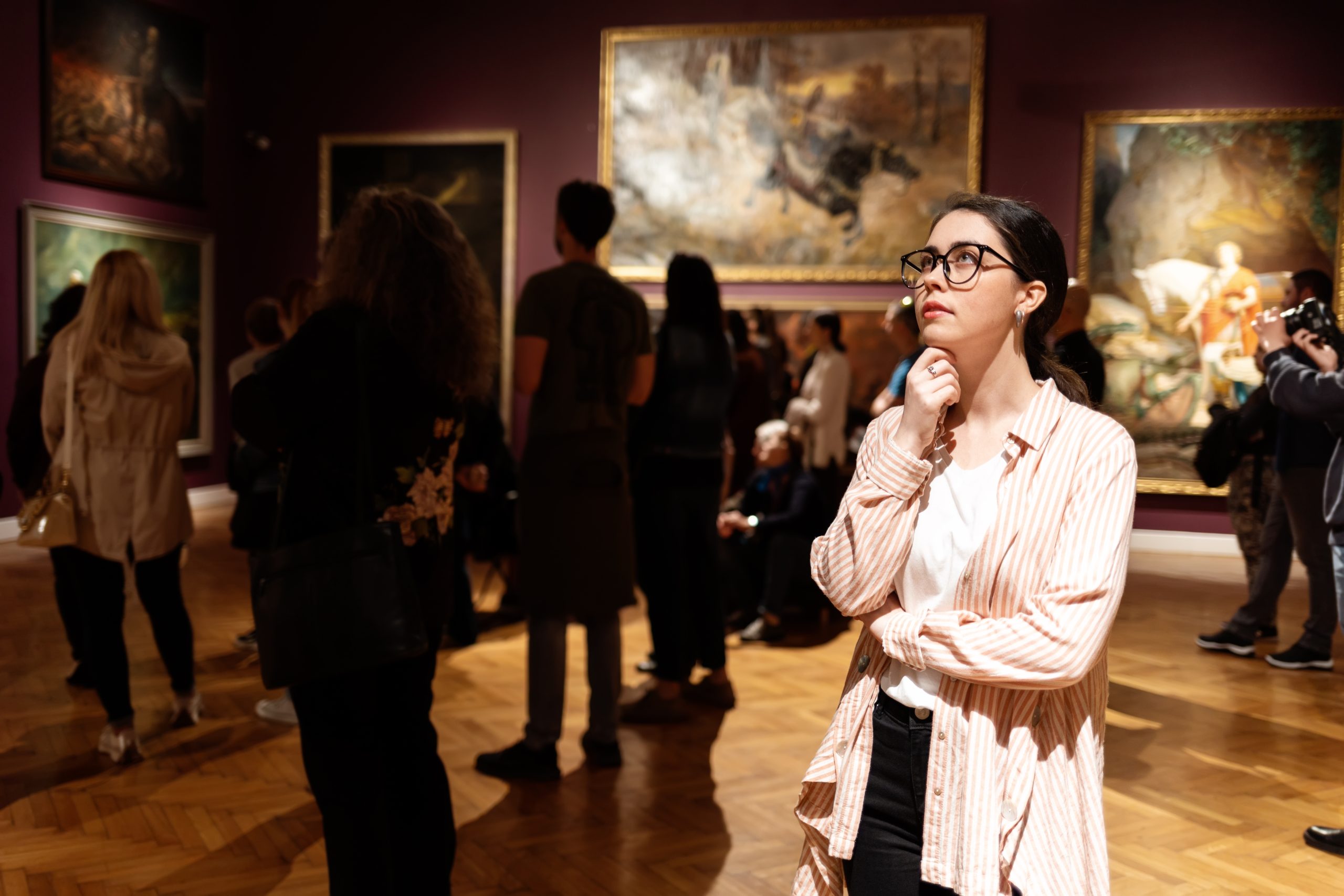
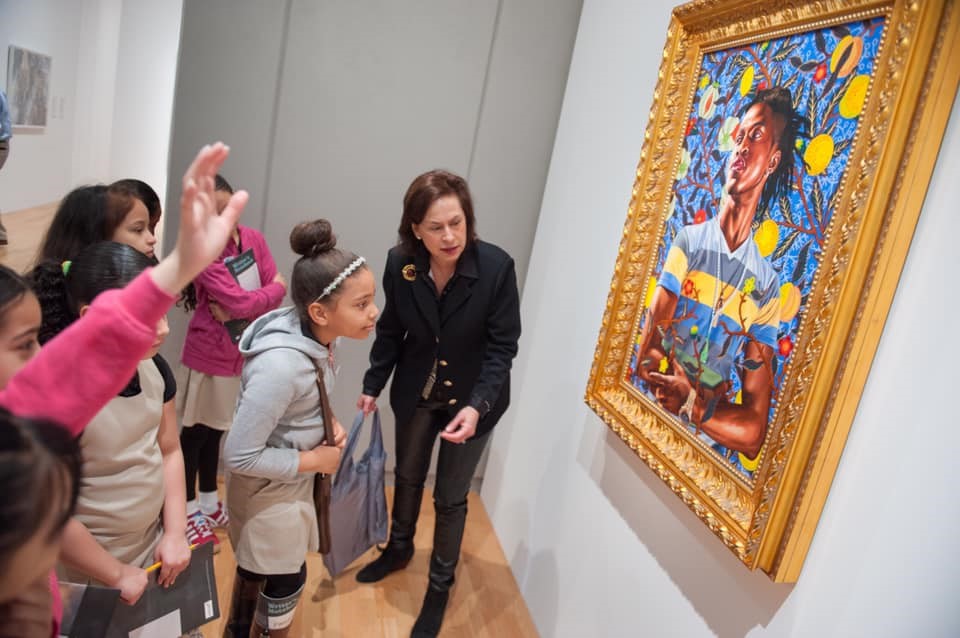
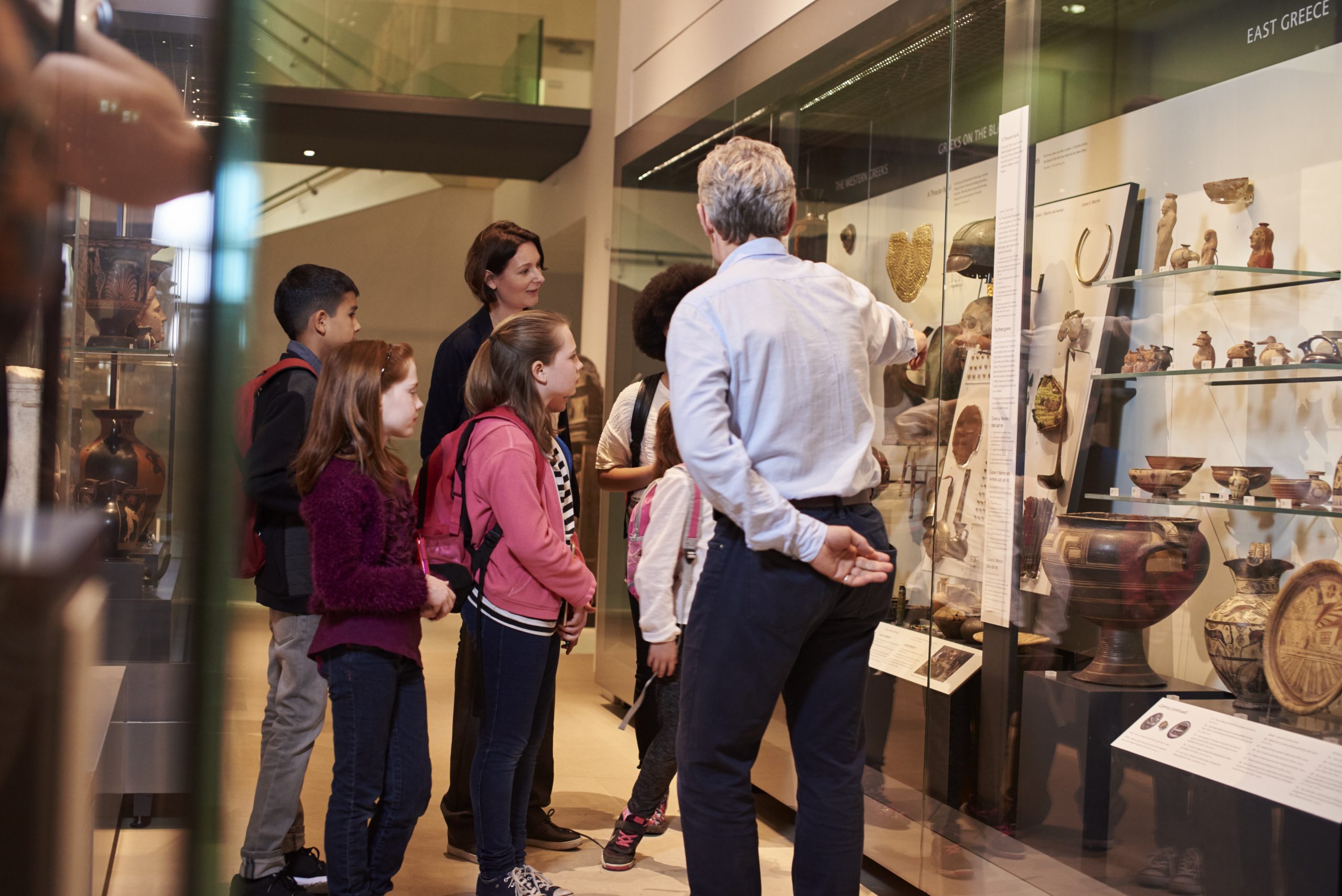
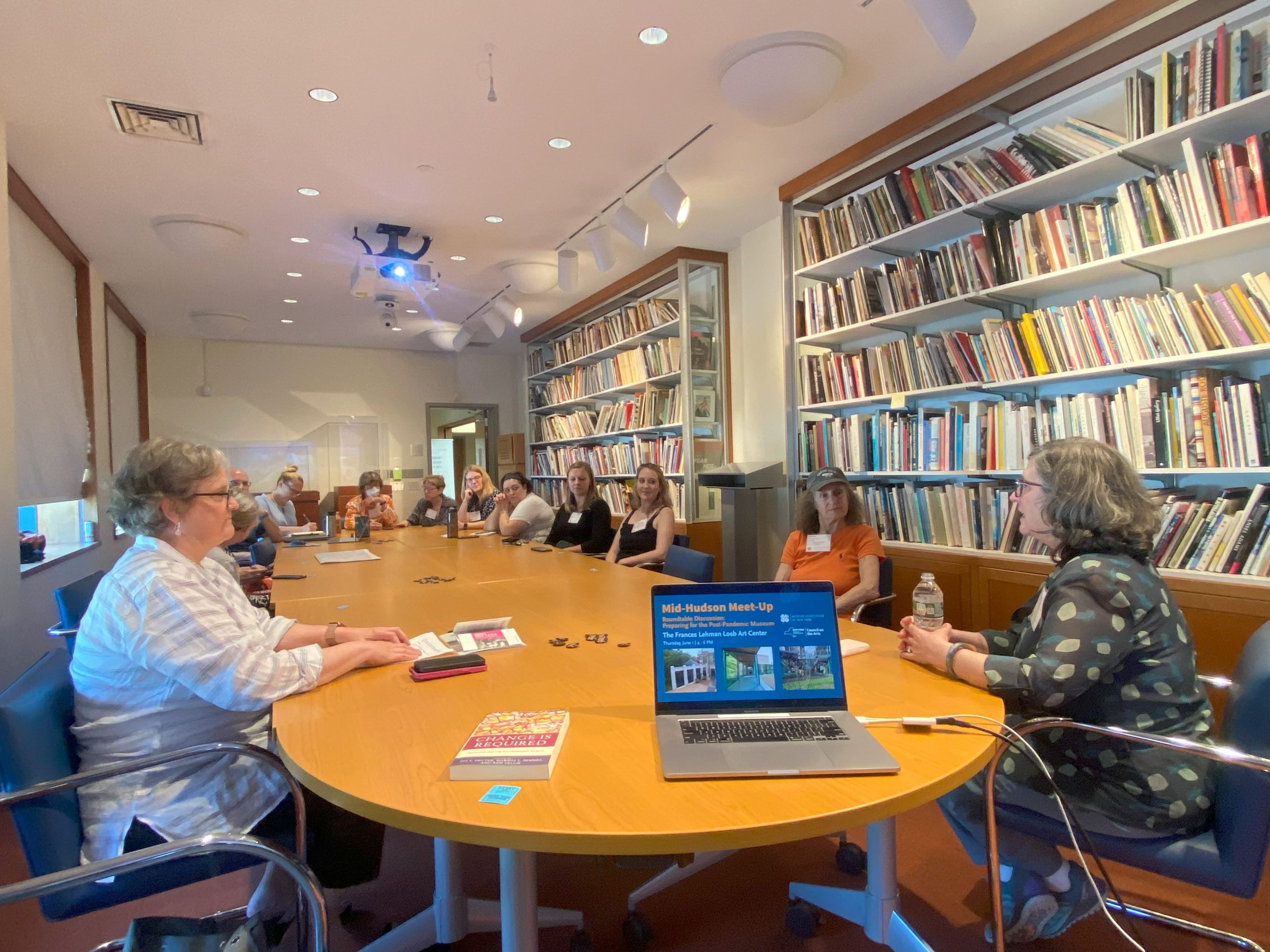
“What a wonderful article, beautifully written! As someone who loves visiting museums, this was a real eye-opener for me. The photographs are exceptional, especially the painting ‘Sunday in the Park,’ which immediately grabbed my attention (just as it did yours, I’m sure!). Congratulations on a terrific piece!”
Thank you Jim Gordon. Very much appreciate you reading Side of Culture! Victoria Larson